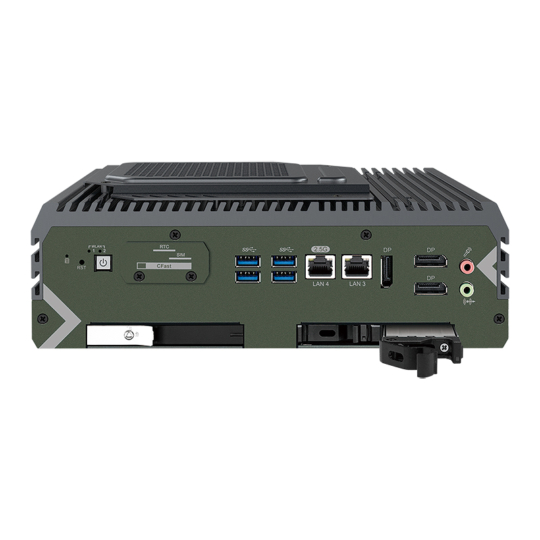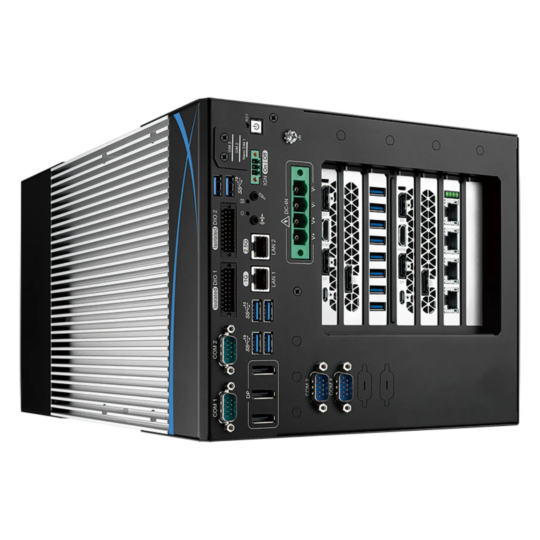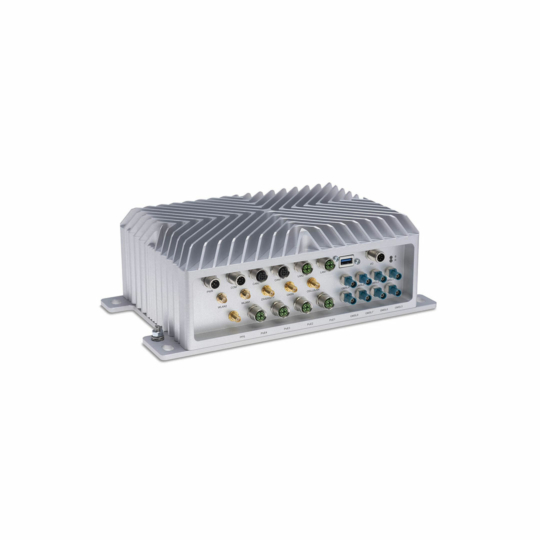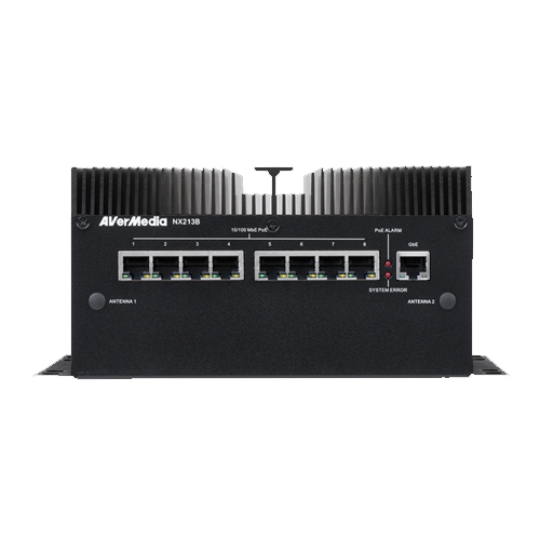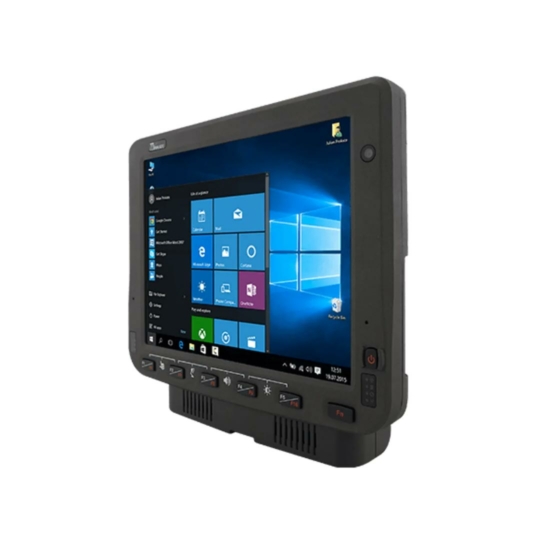Configuring Ignition Control Found Onboard Rugged Vehicle Computers
One of the most common use cases of a rugged PC is for in-vehicle computing whereby the device is powered by a vehicle’s battery with limited power availability. The applications within these ruggedized computer platforms are used when deployed inside a vehicle range from automotive mass transit vehicles to autonomous mobile robots for last mile delivery services. The roles of rugged in-vehicle computers vary widely; however, one critical function is to provide controlled and configurable automated start-up and shutdown of the compute device.
To give a simple real-world example of a rugged vehicle computer utilising ignition control to effectively manage powering the device we can look at how one is installed on a delivery vehicle. As these systems are deployed so that the vehicles can remain connected to a logistics command centre remotely via the cloud, we don’t want the system to immediately power down every time the vehicle is switched off. The programmable ignition settings allow the Vehicle PC to stay on and have a constant connection without interruption.
After being programmed, the ignition control ensures that the Industrial PC power cycle is initiated at the right time in sync with the other systems in the vehicle, and that the shutdown of the system is done properly by closing all applications and functions. In order to prevent the potential harm and data loss, our toolkit of rugged computers possess a customizable and automated power management feature, usually referred to as ignition control, ignition power control, or ignition sensing.
Rugged Edge Computing For In-Vehicle Installations
Fundamental Functions of Ignition Control Onboard Rugged Vehicle PCs
The most common implementation of ignition control involves the sensing and control of a vehicle ignition signal. In vehicles, such as your car, this indication might be the ACC, or accessory indication, or other beginning signals, all of which are related to administering electrical (battery) vigour to the vehicle.
A low-energy microprocessor (MCU) is used to manage the ignition system and manage power when DC energy is supplied to the vehicle PC. The MCU typically consumes very little energy in the monitoring stage, with usage of under 2mW.
The prime objective of the ignition control MCU is to control the orderly power-on and power-off delay in the rugged IPC’s initialisation.
The basic operation of an ignition control module is as follows:
- Once the car battery supplies electricity to the rugged PC, the built-in microcontroller will turn on and continuously check the ignition signal.
- Upon detection of an ignition signal through the rugged PC, the onboard microprocessor will activate a configurable timer to delay turning on the power.
- After the predetermined time has elapsed, the Master Control Unit activates the standby power feature of the rugged PC and then sends out a signal to begin the boot sequence.
- The rugged PC then begins its normal boot-and-run sequence.
- Once the car has been turned off, the on-board microcontroller initiates a user-defined timer that will control how long the power remains active.
- When the power-off delay is finished, the MCU sends a software shutdown order to the IPC and then turns off the standby power.
It is worth noting that the operating system and applications of the computer have their own separate procedures for booting, running, and shutting down that are distinct from the power control system. This is all a part of the machine’s normal setup and operation.
Selectable Ignition Control Modes
Our rugged vehicle PCs with ignition power control can contain different modes with different power-on and power-off delay configurations for ignition timing alongside ATX/AT power modes. ATX mode is a standard feature without a power-on and power-off delay where users can only use the power button on the front panel to power on or turn off the system. AT mode also runs independently without a power-on and power-off delay. The system is simply assigned to boot without any wait time when the direct current is provided, this is very beneficial when there is a momentary loss of power.
Typically, you have a range of power on/power off as you go up the pre-assigned modes. As the mode number increases the power-on or power-off delay typically increases. A power-on delay can typically range from ten seconds to three minutes while the power-off delay typically ranges from ten seconds to two hours.
Advanced Features of Ignition Control
The ignition power control system provides advanced features to optimize and govern the system’s power and start-up and shutdown processes. Additionally, a protective power on and off component verifies that there are no interruptions in the ignition signal while both are in the process of being delayed. If the ignition system deactivates during power-on delay, then the MCU will return the computer to idle and not formulate the start-up. In the event that the ignition signal is sensed again during power-off delay, the MCU will countermand the conclusion and keep the system running. These functions make sure the computer and the vehicle’s power source stay connected, even if the connection is broken by mistake or for a short period of time.
The system has more advanced capabilities, such as ‘hard-off’ which guarantees the power-off process occurs during abnormal application termination. Additionally, there is a ‘smart’ off-delay which will power-off after the shutdown of the application before the selected delay and a battery detection feature with low power consumption.
The MCU settings for rugged PCs may vary in terms of ignition power control. For example, some models have a rotary selector switch for switching between operating modes and their corresponding on/off delay settings. In some rugged industrial computers, the MCU settings can be changed through BIOS settings in addition to the selector switch. DC power and ignition signals connect to the computer via a regular connector.
Be sure to refer to your operation manual provided with your rugged PC for wiring and configuration settings. Our technical engineers can also preconfigure your systems with the desired on and off delays prior to delivering.
Want To Discuss Vehicle Computing?
Tell us about your application and a member of our team will get right back to you.

